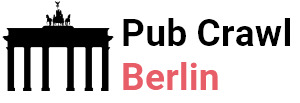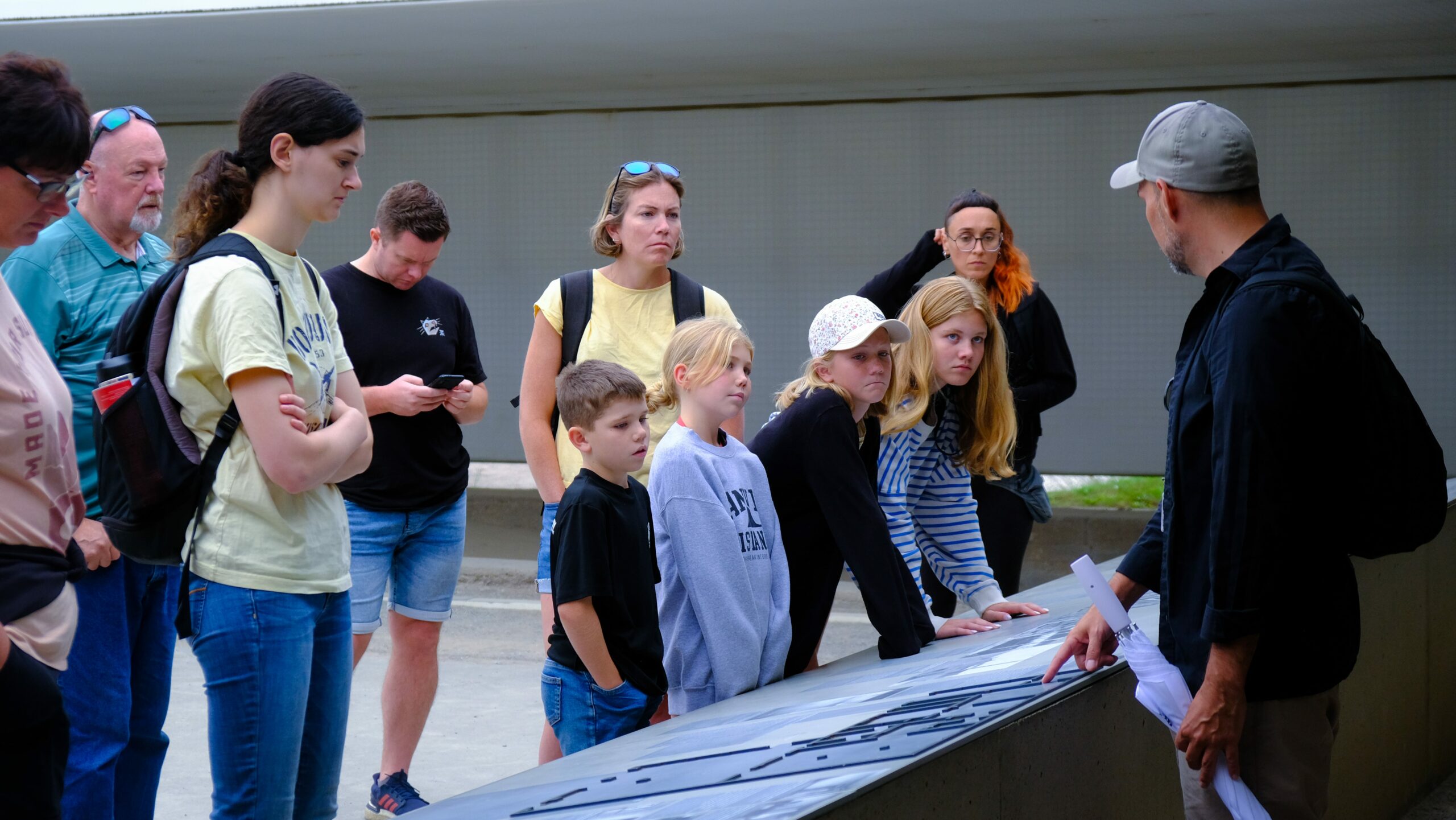The initial point of the building of the Berlin Wall is called the birth of the wall.
The concrete construction was erected by the German Democratic Republic in 1961 and splits Berlin into East and West. In days of cold wars from the capitalist West, it was a symbolic representation of what was expected to be an ideological divide between socialist Eastern nations. Apart from separating families, friends and their loved ones the Wall symbolized the oppressive regimes of East Germans.
Geographic location of the Berlin Wall
Located and extending for about 155 km it was erected right through the middle of Berlin dividing the East from the West Berlin. It encompassed West Berlin hence encircling East Germany’s territory entirely around the city. The wall crossed valleys, parks, cities, cemetery and various terrains. Its construction was deliberately intended for stemming further emigration to the west by East Berliners.
Some of the significant places that once had the Berlin Wall at the Gate of Brandenburg.
Brandenburg Gates were considered to be one of the most famous and a historical importance amongst all the sites related to the Berlin Walls. This beautiful neoclassical building became a symbol of division in the years of separation. The gate was as such located on the east to West Berlin border with the wall to the gate’s immediate rear. After that the Brandenburg Gate has become a symbol of the past of this city and the symbol of the reunification of Germany.
Charlie’s Checkpoint
Out of the several border crossing points that were specifically for diplomats, soldiers and other international visitors in Cold War between East and West Berlin, Checkpoint Charlie was situated at Friedrichstrace. This has been restored today; today there is a replica of the checkpoint that lets visitors view how the guardhouse had looked like during the Cold War.
East side Museum
When talking about the specific part of the wall, people should mention East Side Gallery which is an outdoor display on a part of the wall. After the construction of the wall, artists from all over exploited this area of concrete into an outdoor art displaying place to make different political and artistic statements well-known travel destination However as a travel destination, the East Side Gallery also provides the tourists with a deeper understanding about the historical meaning of the wall
Bernauer Stride
Bernauer Strace was one of the loveliest as well as the sadder of the Berlin Wall lengths. The wall divides this street; structures to the east of it fell in the ‘death strip’ which was a forbidden area with East Germany using it to erect their side of the Wall. Unfortunately, with whole section of the original wall, a memorial chapel and a vast documentation centre it is a rather bleak reminder of the impact that the wall once had.
The Construction Technique of the Berlin Wall
Individually constructed from materials of which there was a supply, the Berlin Wall evolved with time in view of certain parts. First it was differentiated by barrack-like barriers and wires of barbed-wire in an attempt to fence off the division. However, at a later stage, another more rigid shield made of concrete portions familiarly referred to as ‘wall members’ was built by them. Growing to have a height of about 3.6 meters and width of 1.2 meters these elements formed a formidable obstacle that was hard to overcome.
On the eastern side of the wall there was a ‘death strip which hindered attempts at fleeing. This strip added more walls, watch towers and anti-vehicle trenches to ensure that the East Berlin citizens did not escape to west Berlin. Besides these monitoring entities, guard patrols, motion sensors and tripwires were also used to monitor and enforce the security of the border.
Drop of the Berlin Wall
It gives me great pleasure to inform you that Perestroika was completed on November 9, 1989, when the representative of a great country, which is Germany, was only 28 years old. There are several causes of the fall which include non-violent protests, changes in political leadership and the desire of Germans from the East to be reunited with their counterparts from the West. Fought during the cold war this epitomized the reunification of the divided Germany and the end of a chapter in War.
Examining the Berlin Wall Now
However, Berlin’s fabric still has remained with vast features of the bygone era despite the actual wall no longer being present. To make people recognize the suffering and triumphs of people, some portions of the walls have been preserved as monuments, museum, and art pieces. Studying these sites can be a good experience to understanding the past of the Berlin Wall and how it affects Berlin and the entire world.
Finally the Berlin Wall is one of the landmarks in the world built during the Cold War to divide East Berlin from West Berlin and several other areas in this city. Another aspect of life that affected the Berliners greatly was social division due to barrier crossing their friends and relatives. Today the remains of the Berlin Wall are a symbol of the past and, at the same time, the evidence of people’s abilities to fight for their freedom.
Table of Contents

